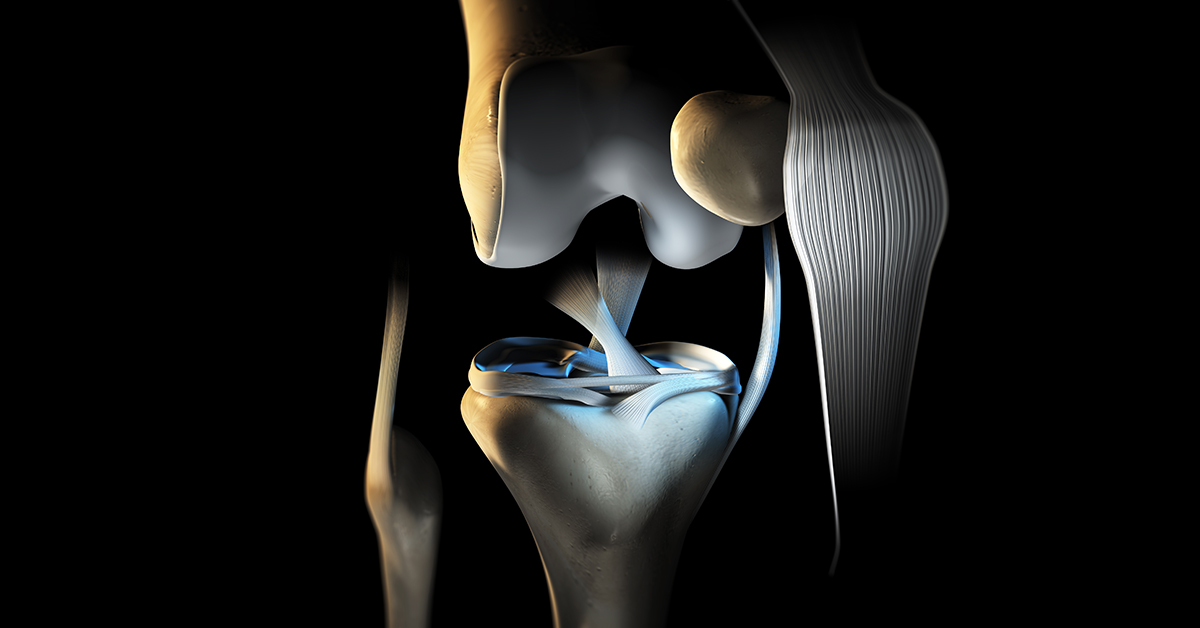
Knee Fracture Pain
Knee fractures, also known as patellar fractures, involve a break in one or more bones of the knee joint. These fractures can result from high-impact trauma, such as motor vehicle accidents, falls, or sports injuries. Understanding the mechanisms, symptoms, and treatment options for knee fracture pain is essential for effective management and recovery.Anatomy of the Knee Joint
The knee joint comprises three primary bones: the femur (thighbone), the tibia (shinbone), and the patella (kneecap). The femur is the largest bone in the body, connecting the hip to the knee. The tibia is the larger and stronger of the two bones in the lower leg, bearing most of the body’s weight. The patella is a small, flat, triangular bone that protects the knee joint and enhances the leverage of the thigh muscles.Types of Knee Fractures
Knee fractures can be categorized based on the location and nature of the break. Patellar fractures involve the kneecap and can be transverse, vertical, or comminuted (broken into several pieces). Femoral condyle fractures affect the rounded ends of the femur that articulate with the tibia. Tibial plateau fractures occur at the upper part of the tibia, impacting the cartilage surface of the knee joint.Mechanisms of Injury
Knee fractures often result from high-energy trauma. Common mechanisms include direct trauma, such as a blow to the knee in contact sports or accidents, and indirect trauma, such as twisting or rotational forces that exceed the bone’s strength, common in skiing or falls. Osteoporosis can also contribute to the susceptibility of bones to fracture with less force.Symptoms and Diagnosis
Patients with knee fractures typically present with acute pain, swelling, and an inability to bear weight on the affected limb. Deformity and bruising around the knee are also common. Diagnosis is confirmed through a physical examination and imaging studies, including X-rays and CT scans, which help determine the exact location and extent of the fracture.Treatment Options
The treatment of knee fractures depends on the type and severity of the fracture. Non-displaced fractures may be managed conservatively with immobilization using a cast or brace, along with pain management and physical therapy. Displaced fractures, where bone fragments are misaligned, often require surgical intervention to realign and stabilize the bones using screws, plates, or wires.Pain Management and Rehabilitation
Pain management is a critical aspect of knee fracture treatment. It typically involves the use of analgesics, anti-inflammatory medications, and, in some cases, opioids for severe pain. Rehabilitation begins with gentle range-of-motion exercises to prevent stiffness and progresses to weight-bearing exercises and strengthening routines as healing advances. Physical therapy plays a crucial role in restoring function and preventing long-term complications.Understanding knee fractures, their causes, symptoms, and treatment options is essential for effective pain management and recovery. Prompt medical attention, appropriate treatment, and a structured rehabilitation program are key to achieving the best possible outcome and restoring knee function.
